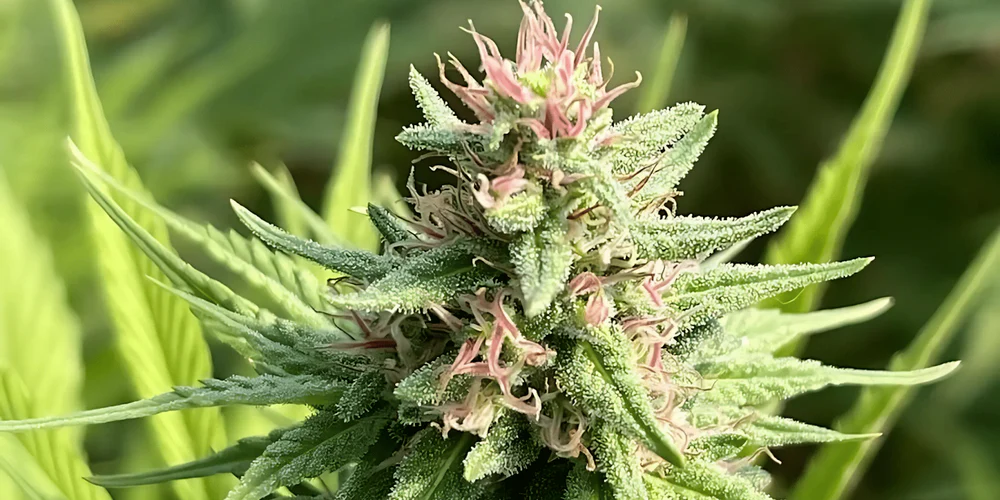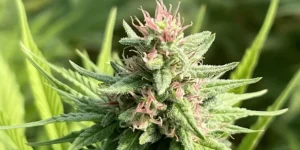Key Takeaways:
- Cultivation Method Shapes Quality: Indoor and outdoor growing environments impact potency, aroma, and appearance, giving each flower distinct characteristics customers may prefer.
- Transparency and Lab Testing Matter Most: Regardless of where the flower is grown, third-party lab testing and clear sourcing information are essential for choosing a trusted, federally compliant product.
- Personal Preferences Guide the Right Choice: Indoor may suit those seeking boutique consistency, while outdoor offers a natural, budget-friendly option, serving different customer priorities.
Why do some hemp flower feel like they were crafted in a lab, while others seem touched by nature itself? The difference often comes down to where—and how—they’re grown. For those who care about the quality, aroma, and potency of their THCA hemp flower, understanding cultivation methods may be more than just trivia—it’s a smart step in choosing the right product.
At Gold CBD, we take pride in setting a high bar for hemp excellence. Every strain in our collection, from exotic indoor selections to our classic reserve, reflects our commitment to superior cultivation and federally aligned practices. We don’t just offer options—we offer education and clarity for customers who want to know what they’re truly getting.
In this piece, we’ll discuss the key differences between indoor and outdoor weed, explain how each method shapes the final product, and offer guidance for choosing what best suits your needs.
Understanding Cultivation Methods
Indoor and outdoor weed aren’t just grown in different settings—they represent two distinct approaches to cultivation that may influence everything from flower appearance to consistency.
Indoor Cultivation occurs in controlled environments, often using advanced lighting, ventilation, and climate systems. This method allows growers to fine-tune every variable—light exposure, humidity, temperature, and even carbon dioxide levels—to help each plant reach its potential. The result is often a more visually striking flower, dense with trichomes and rich in aroma. Because these plants are shielded from external elements, there’s also greater consistency from batch to batch.
Outdoor Cultivation, on the other hand, relies on natural sunlight, soil, and the rhythms of the environment. While this method may introduce more variability in appearance and cannabinoid profiles, it allows plants to grow in a more organic ecosystem. Outdoor-grown flower may appeal to those who appreciate sustainability and a natural expression of the plant.
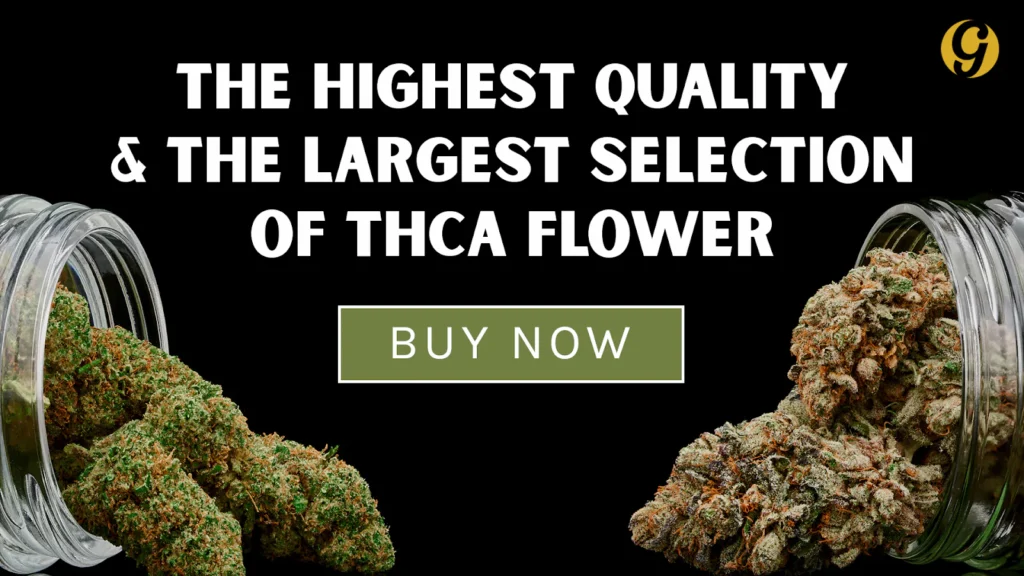
The Environmental Impact Of Each Method
The way hemp is cultivated doesn’t just influence the flower’s appearance or potency—it also affects the environment. Consumers who prioritize eco-conscious choices may want to understand how indoor and outdoor growing methods differ in terms of sustainability and resource use. Let’s break down the environmental implications of each approach:
Indoor Cultivation: Controlled But Energy-Intensive
Indoor growing environments offer complete control over variables like light, humidity, and temperature. This level of precision supports consistency in quality but often requires high energy usage to maintain ideal conditions. Without energy-efficient systems or renewable energy sources, the carbon footprint of indoor weed may be considerably higher.
Outdoor Cultivation: Natural Resources And Lower Energy Use
Outdoor cultivation relies on sunlight, natural airflow, and living soil, making it a resource-friendly alternative. It generally consumes less electricity because it requires little to no artificial lighting or climate control. However, if not managed carefully, it may be more vulnerable to environmental factors such as pests, weather shifts, or soil degradation.
Gold CBD’s Balanced Perspective
At Gold CBD, we recognize the value in indoor and outdoor cultivation—each offers unique benefits depending on the consumer’s priorities. Our offerings are curated with intention, focusing on quality while remaining aware of the environmental impact. Whether premium indoor flower or classic reserve selections, we provide clear sourcing information to support conscious decisions.
Potency, Aroma, And Visual Appeal: How They Compare
One of the biggest questions people have when choosing between indoor and outdoor weed is how each affects the sensory experience. The cultivation method plays a major role in how strong it may be, how it smells, and looks. Here’s how these differences typically show up in premium THCA hemp flower:
Potency: A Matter Of Controlled Conditions
Indoor-grown flower is often more potent, thanks to tightly regulated growing environments that allow cannabinoids like THCA to develop more fully. This consistent environment may lead to higher trichome density and cannabinoid preservation. Outdoor flower, while still effective, may have slightly more variability due to changing weather, pests, or soil conditions.
Aroma: Concentrated Vs. Earthy
Indoor cultivation supports strong terpene development, which may result in bolder, more complex aromas. These rich scents are preserved through proper curing and storage, often creating a more memorable sensory profile. Outdoor flower tends to carry a more subtle, earthy aroma—sometimes preferred by those who enjoy a natural, sun-grown scent.
Visual Appeal: Groomed Or Organic
Indoor buds usually appear tighter, more colorful, and frosted with visible trichomes, which many associate with premium quality. This is partly due to lighting and environmental consistency, which supports ideal aesthetic development. Outdoor flower may appear less “perfect” but still reflect high quality, especially when grown and harvested carefully.
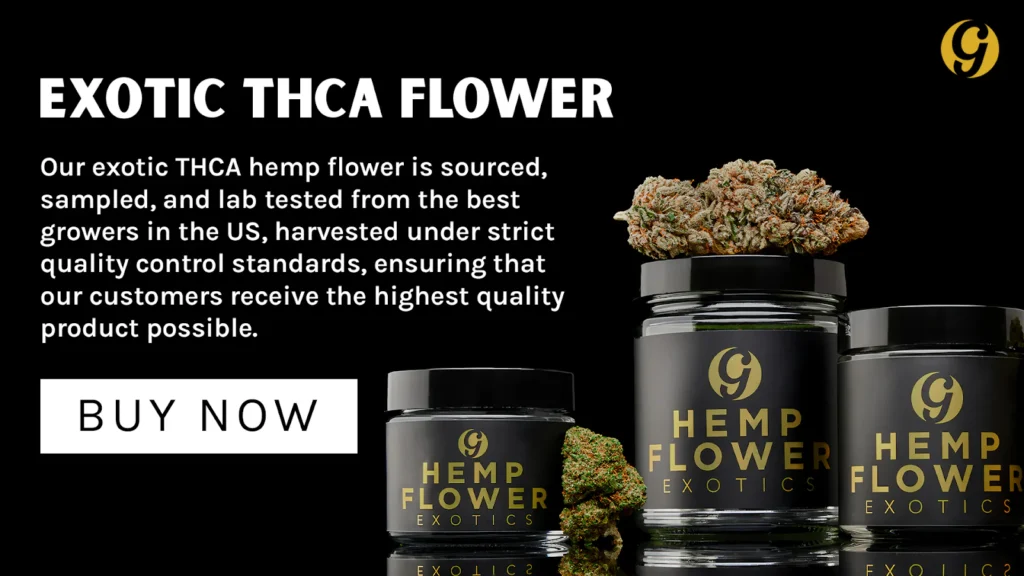
Indoor Vs. Outdoor THCA Flower: What To Look For
Not all THCA flower is created equal, and the growing method may influence what customers should prioritize when choosing a product. Certain qualities matter most for a satisfying and reliable experience, whether the flower was cultivated indoors or outdoors. Here’s what to look for when evaluating indoor vs. outdoor THCA hemp flower:
- Trichome Density and Structure: A dense layer of trichomes is often a strong visual indicator of well-grown THCA flower. Due to stable conditions and targeted lighting, indoor strains typically show a more crystalline, uniform coating. Outdoor-grown flower may still have solid trichome coverage but could appear slightly less dense due to sun and wind exposure.
- Aroma Consistency and Complexity: Terpene profiles are influenced by cultivation, and indoor flower tends to develop more nuanced, potent aromas due to controlled environments. Look for complex, layered scents that suggest careful curing and preservation. Outdoor flower may offer earthier or simpler notes, which some individuals appreciate for authenticity.
- Lab Testing and Transparency: Regardless of how it’s grown, reputable THCA flower should always be backed by third-party lab results. These tests verify THCA levels and ensure the product is free of contaminants, such as pesticides or mold. At Gold CBD, every batch is lab-tested and sourced with transparency so customers know exactly what they’re getting.
- Bud Structure and Appearance: The physical shape and structure of the buds can reveal a lot about how the flower was grown and handled. Indoor THCA flower often appears denser, more compact, and uniform, which may indicate precision in trimming and environmental control. Outdoor flower might have a looser structure with slight irregularities, reflecting their interaction with natural elements.
- Moisture Content and Cure Quality: Proper curing is essential to maintaining potency and flavor, regardless of where the flower is grown. Indoor growers often have more control over the drying and curing process, which may result in ideal moisture levels that preserve cannabinoids and terpenes. Outdoor flower that have been carefully cured can still offer an excellent experience, but curing inconsistencies may occasionally impact quality.
How To Choose The Right Option For Your Needs
Choosing between indoor and outdoor weed isn’t just about aesthetics—it’s about aligning the product with your goals, preferences, and values. Several factors may influence your final decision, from budget to aroma to sustainability. Here’s how to think through what matters most to you:
Consider Your Priorities: Quality, Budget, Or Both
If visual appeal, consistency, and strong aroma are top priorities, indoor-grown THCA flower may be the better fit. However, due to the meticulous care and energy involved in cultivation, it’s often priced higher. However, if affordability is key, outdoor flowers may provide value without compromising your experience, especially when sourced from reputable growers.
Think About Your Environment And Usage
Those planning to vaporize or press flower for concentrates might lean toward indoor strains for their high trichome content and flavor. For casual use or bulk purchases, outdoor flower may offer a naturally robust and satisfying option. In either case, knowing how you plan to use the product can help determine what quality markers to focus on.
Verify Sourcing And Testing Information
Regardless of the growing method, transparency matters. Look for a flower with detailed product descriptions and third-party lab testing to ensure it meets federal compliance and quality standards. Gold CBD provides comprehensive sourcing information and lab results, empowering customers to make informed choices confidently.
Match The Flower To Your Wellness Goals
While everyone’s reasons for choosing hemp products differ, it’s helpful to consider how the flower aligns with your wellness intentions. Indoor-grown flower may appeal to those who seek a more refined and consistent experience. In contrast, outdoor-grown flower may connect with individuals who value a more natural, earth-aligned product. The best choice often comes down to what feels most intentional and supportive of your overall lifestyle.
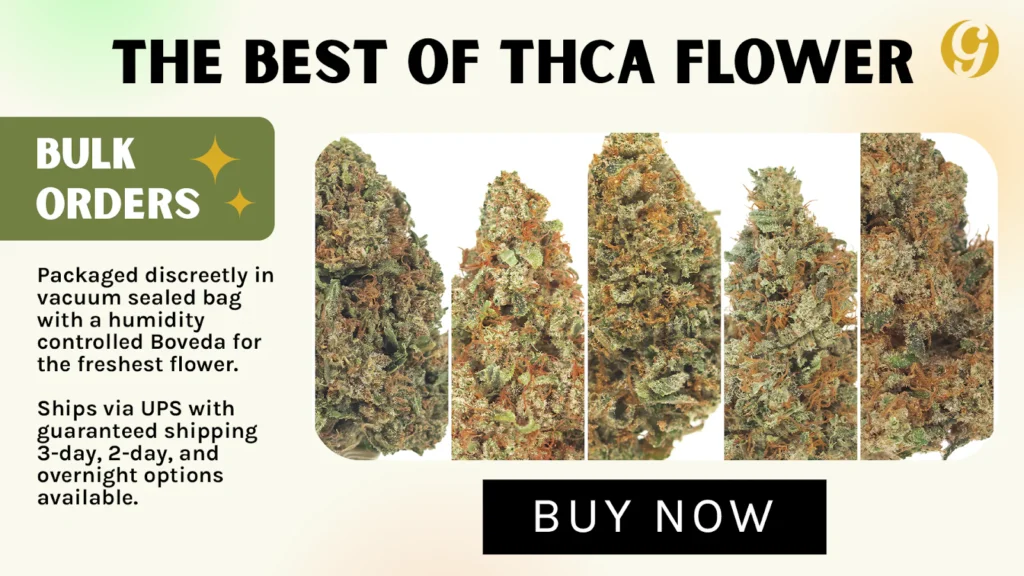
Final Thoughts
The debate between indoor and outdoor weed ultimately highlights the beauty of choice in the hemp world. Neither method is inherently better—each offers its character, strengths, and story. Whether crafted under controlled lights or nurtured by the sun, what matters most is finding a flower that resonates with your values, preferences, and goals. In a market rich with options, understanding the roots of your cannabis empowers you to connect more deeply with every experience.
Read also:
- What Strain Is Gorilla Glue? Exploring The Popularity And Effects Of This Powerhouse
- Why Is Wedding Cake Strain So Popular? Understanding Its Rising Fame
- What Weed Strain Makes You Happy? A Look At Mood-Boosting Options
Frequently Asked Questions About Indoor Vs Outdoor Weed
Is indoor weed stronger than outdoor weed?
Indoor weed often shows higher consistency in potency due to controlled growing environments. This method may allow for better cannabinoid development, including THCA. However, some expertly grown outdoor strains can still reach impressive potency levels.
Why does indoor weed look different from outdoor weed?
Indoor flower typically has a denser structure and more vibrant colors due to regulated light and climate conditions. Influenced by natural elements, outdoor weed may have a looser structure and earthier appearance. Both can still offer high quality depending on the grower’s care.
Does growing weed indoors affect the taste?
Yes, indoor weed often has a more concentrated and complex flavor because growers can fine-tune terpene production. Precise drying and curing methods also help preserve the taste better. Outdoor weed may have a more natural or subtle flavor profile.
Is outdoor weed less safe than indoor weed?
Not necessarily—safety depends more on growing practices and lab testing than location. Reputable growers of outdoor weed still implement high-quality standards and third-party testing. Always choose products that offer transparent lab results, like CBD.
Can outdoor weed have as much THCA as indoor weed?
Yes, outdoor weed may reach high THCA levels, especially when grown under optimal environmental conditions. However, variations in sunlight and weather can sometimes affect final cannabinoid concentrations. Indoor environments control these variables more precisely.
Why is indoor weed usually more expensive?
Indoor cultivation requires significant investments in lighting, climate control, and energy, which may raise production costs. These expenses often translate to higher retail prices. The controlled environment typically results in more consistent, boutique-quality flower.
How important is growing method when buying THCA flower?
While cultivation methods may influence appearance and aroma, what matters most is how the flower is grown, harvested, and tested. High-quality THCA flower can come from both indoor and outdoor sources. Lab testing and reputable sourcing are key considerations.
Does outdoor weed have a longer shelf life?
Shelf life depends more on curing and storage practices than on growing location. Properly cured indoor and outdoor weed, when stored correctly, may last equally long. Moisture control and airtight packaging help preserve freshness and cannabinoid potency.
Can outdoor weed offer better value for bulk purchases?
Yes, outdoor-grown THCA flower is often priced lower, making it a smart option for bulk buyers. While the appearance may be less uniform, the quality can still be excellent. Budget-conscious shoppers may appreciate the balance between cost and experience.
Does the growing environment affect the legality of THCA hemp?
No, legality is based on federal compliance regarding THCA and delta-9 THC levels, not where the hemp is grown. Gold CBD strictly adheres to federal guidelines across all products. Always verify a company’s lab reports to ensure regulatory compliance.
Sources:
- Chiang, C., Bånkestad, D., & Hoch, G. (2020). Reaching Natural Growth: The Significance of Light and Temperature Fluctuations in Plant Performance in Indoor Growth Facilities. Plants (Basel, Switzerland), 9(10). https://doi.org/10.3390/plants9101312
- Jung, C., & Arar, M. (2023). Natural vs. Artificial Light: A Study on the Influence of Light Source on Chlorophyll Content and Photosynthetic Rates on Indoor Plants. Buildings, 13(6), 1482. https://doi.org/10.3390/buildings13061482
- Fussy, A., & Papenbrock, J. (2022). An Overview of Soil and Soilless Cultivation Techniques—Chances, Challenges and the Neglected Question of Sustainability. Plants, 11(9), 1153. https://doi.org/10.3390/plants11091153
- Tahat, M. M., Alananbeh, K. M., Othman, Y. A., & Leskovar, D. I. (2020). Soil Health and Sustainable Agriculture. Sustainability, 12(12), 4859. https://doi.org/10.3390/su12124859

